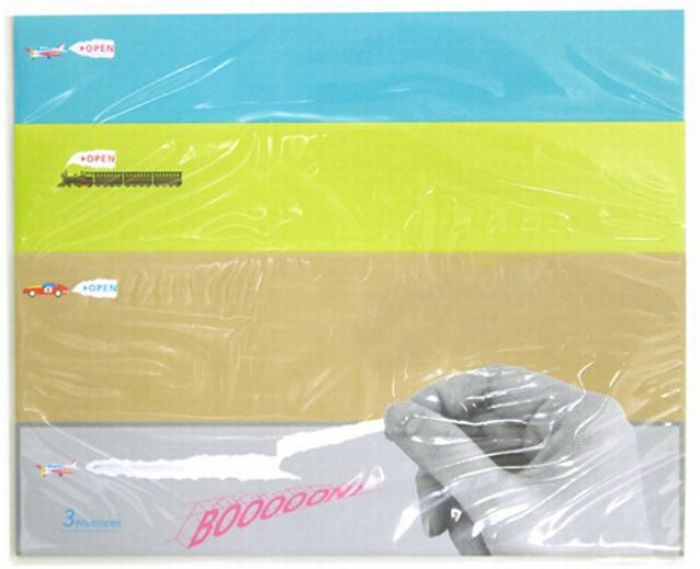|
|
Easy To Open Creative Envelopes
|
Nearly 50 years passed before a commercially successful machine for producing pre-gummed envelopes effectively as we know them today appeared.
The origin of the use of the diamond shape for envelopes is debated. However as an alternative to simply wrapping a sheet of paper around a folded letter or an invitation and sealing the edges, it is a tidy and ostensibly paper-efficient way of producing a rectangular-faced envelope. Where the claim to be paper-efficient fails is a consequence of paper manufacturers normally making paper available in rectangular sheets, because the largest size of envelope that can be realised by cutting out a diamond or any other shape which yields an envelope with symmetrical flaps is smaller than the largest that can be made from that sheet simply by folding.
The folded diamond-shaped sheet (or "blank") was in use at the beginning of the 19th century as a novelty wrapper for invitations and letters among the segment of the population that had the time to sit and cut them out and were affluent enough not to bother about the waste offcuts. Their use first became widespread in the UK when the British government took monopoly control of postal services and tasked Rowland Hill with its introduction. The new service was launched in May 1840 with a postage-paid machine-printed illustrated (or pictorial) version of the wrapper and the much-celebrated first adhesive postage stamp: the Penny Black- for the production of which the Jacob Perkins printing process was used to deter counterfeiting and forgery. The wrappers were printed and sold as a sheet of 12, with cutting the purchaser's task. Known as Mulready stationery, because the illustration was created by the respected artist William Mulready, the envelopes were withdrawn when the illustration was ridiculed and lampooned. Nevertheless the public apparently saw the convenience of the wrappers being available ready-shaped, and it must have been obvious that with the stamp available totally plain versions of the wrapper could be produced and postage prepaid by purchasing a stamp and affixing it to the wrapper once folded and secured. In this way although the postage-prepaid printed pictorial version died ignominiously,the diamond-shaped wrapper acquired de facto official status and became readily available to the public notwithstanding the time taken to cut them out and the waste generated. With the issuing of the stamps and the operation and control of the service (which is a communications medium) in government hands the British model spread around the world and the diamond-shaped wrapper went with it.
Hill also installed his brother Edwin as The Controller of Stamps, and it was he with his partner Warren De La Rue who patented the machine for mass-producing the diamond-shaped sheets for conversion to envelopes in 1845. Today, envelope-making machine manufacture is a long- and well-established international industry, and blanks are produced with a short-arm-cross shape and a kite shape as well as diamond shape. (The short-arm-cross style is mostly encountered in "pocket" envelopes i.e. envelopes with the closing flap on a short side. The more common style, with the closing flap on a long side, are sometimes referred to as "standard" or "wallet" style for purposes of differentiation.)
|
|









